Interest rates are like the tides—constantly shifting and forcing investors to adjust course. When rates spiked earlier in 2024, it became clear that the old ways of structuring deals weren’t going to cut it. Higher borrowing costs tightened returns, and many deals became less profitable almost overnight. Investors had to recalibrate their expectations, rethinking how to balance costs, risks, and returns.
But then, a recent rate cut offered some breathing room. Suddenly, there’s a chance to renegotiate terms and capture better returns—at least for now.
The key for passive investors is understanding how deal structures evolve alongside interest rate changes. In real estate, it’s never just about following trends; it’s about building flexibility into deals so they can adapt to whatever the market throws your way.
Let’s take a closer look at how interest rate shifts are reshaping real estate deal structures—and what smart investors should be paying attention to.
When Rates Rise: Tightening the Belt
When interest rates rise, financing becomes more expensive, and that extra cost puts pressure on returns.
For example:
- Higher loan payments reduce the amount of free cash flow available for investor distributions.
- Lower valuations emerge as buyers adjust their expectations based on higher debt service.
- Equity splits become leaner since sponsors have less room to offer generous returns.
In these environments, sponsors may need to adjust their strategies:
- Shorter hold periods to minimize exposure to volatile rates.
- Lower leverage to avoid steep debt costs.
- Higher cash reserves to provide a buffer in case of slower cash flow.
The result? Investors might see lower returns upfront, but the goal is to weather the storm without compromising capital. These adjustments allow sponsors to play defense until conditions improve.
When Rates Fall: Seizing the Opportunity
A rate cut, like the one we recently saw, opens the door for better deal structures.
- More favorable loan terms: When financing becomes cheaper, cash-on-cash returns can improve almost instantly.
- More flexible equity splits: Sponsors might offer higher preferred returns or more attractive profit-sharing arrangements, given the lower financing burden.
- Increased deal flow: As borrowing costs drop, more deals become financially viable, giving investors more options to choose from.
This is the moment when agile sponsors—and the passive investors aligned with them—can capitalize. Lower financing costs not only improve short-term returns but can also unlock opportunities that wouldn’t have been profitable just a few months ago.
Flexibility is the Name of the Game
Whether rates rise or fall, the secret lies in structuring deals with flexibility. The smartest sponsors don’t just react to changes—they build optionality into their deal structures, ensuring they can pivot as needed.
Here’s what that looks like in practice:
- Locking in fixed-rate financing: Protects against future rate hikes, giving investors a stable borrowing cost.
- Built-in refinance clauses: Allows the deal to take advantage of lower rates if they drop again.
- Cash flow waterfalls: Structured to prioritize investor payouts in volatile markets.
- Performance-based equity splits: Ties returns to property performance, ensuring fair compensation for both sponsors and investors.
This approach keeps deals viable and ensures that, no matter how rates shift, the investment remains positioned for long-term success.
What Passive Investors Should Look For
As a passive investor, you don’t need to predict where rates are headed—you just need to partner with sponsors who know how to structure deals for different scenarios.
Here are a few things to pay attention to:
- What kind of financing is in place? Fixed-rate debt provides stability, while adjustable rates introduce more risk.
- Is there room to refinance? Deals with refinancing options allow investors to benefit from rate cuts without disrupting cash flow.
- How are returns distributed? Look for cash flow waterfalls that ensure investors get paid first, especially in volatile environments.
- How adaptable is the sponsor? The best sponsors monitor market shifts and adjust financing or equity structures as needed.
The Bottom Line: Deal Structure is Your Safety Net
Interest rates will always fluctuate, and market conditions will keep evolving. The key isn’t to time the market perfectly—it’s to stay active and invest in well-structured deals that can thrive under different scenarios.
The sponsors who succeed aren’t waiting for the perfect environment—they’re crafting deals that are resilient, adaptable, and ready for what’s next. As a passive investor, aligning with these sponsors allows you to grow your wealth steadily, regardless of where interest rates land.
So, rather than waiting on the sidelines, focus on finding partnerships with sponsors who know how to structure deals for today—and tomorrow. The opportunities are out there. You just need the right strategy to capture them.
